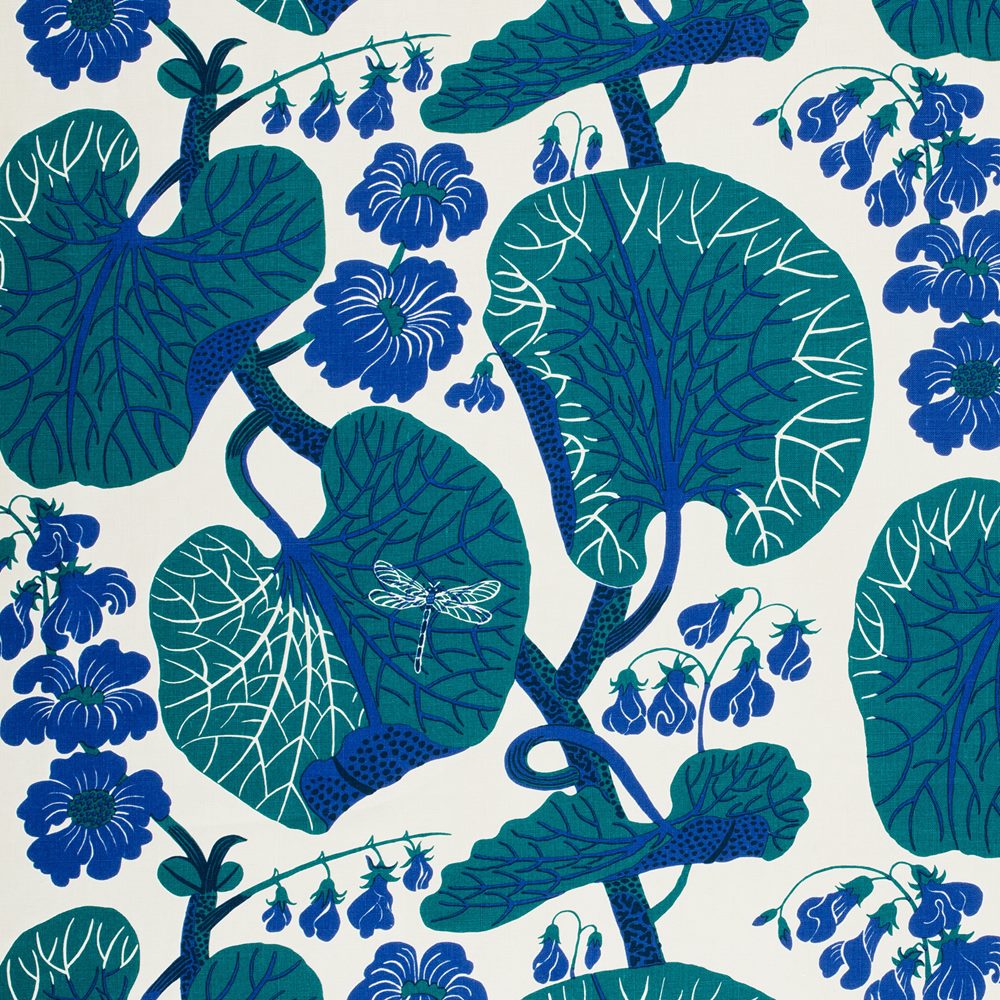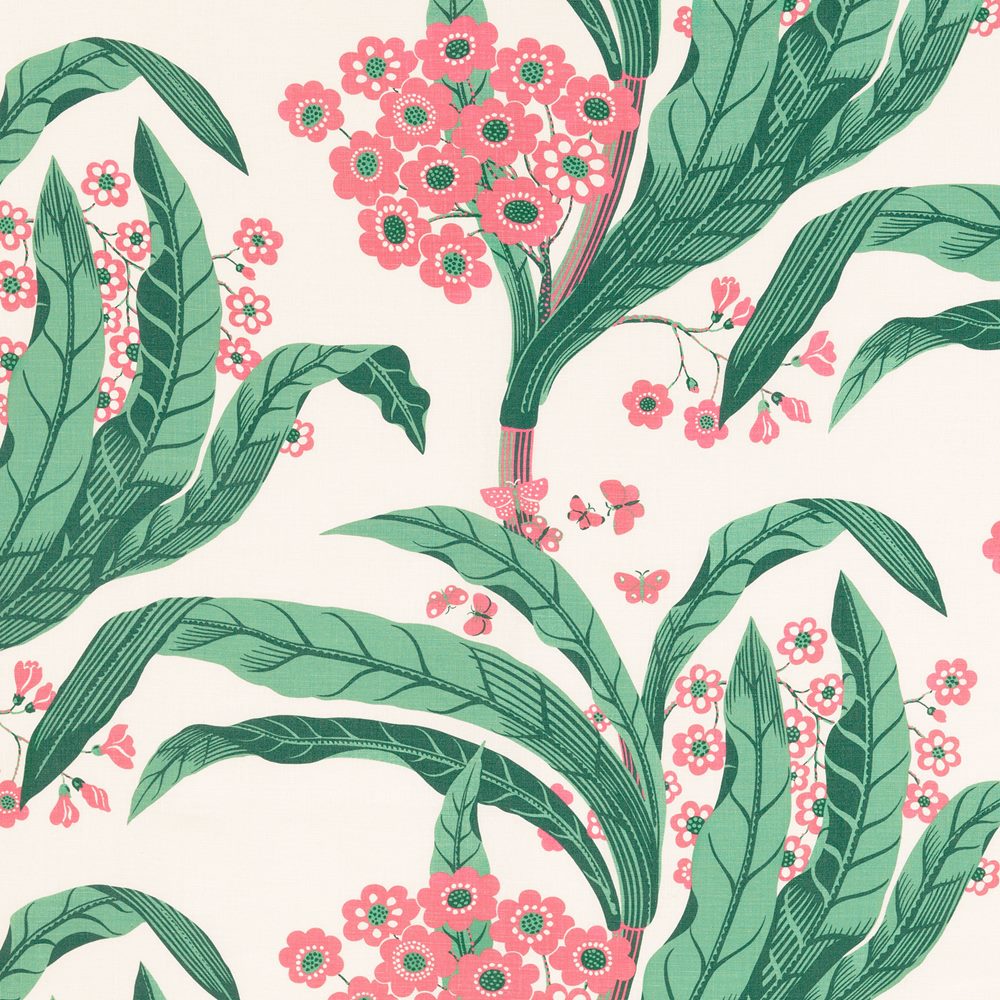Josef Frank
1885 – 1967
Austria / Sweden
His vibrant designs full of life and colour garnered Vienna architect Josef Frank international recognition. Despite the volatile times, the designer with Jewish roots became the father of Swedish modernism and an important influencer of a contemporary sense of taste around the world.
In Vienna, Josef Frank was a lecturer at the Vienna School of Arts & Crafts, ran his own company Haus & Garten, was a co-founder of the Wiener Werkbund (an economic cultural union) and one of the most important figures of Viennese modernism. Despite his status and success, his Jewish ancestry forced him to leave his native city. In 1933, at the age of 48, he emigrated to Sweden with his Swedish wife Anna.
Josef Frank was a true visionary architect.
Looking at his career in Vienna, one sees how he diligently composed entire living environments. After the war, he had a habit of drawing various fantasy homes. Furthermore, during a brief period spent in New York during the end of the war, his efforts display an inner compulsion to construct buildings. However, the circumstances surrounding the second chapter of his life did not grant him permission to do so.

Interiors at Villa Beer by Josef Frank, 1929-1931, Vienna. (c) Stefan Huger
Being an immigrant in Sweden, the exceptionally gifted Frank had initial difficulties integrating. Nobody wanted to employ him. Until he met Estrid Erikson. In 1924, at the tender age of 30, Erikson had opened her own shop “Svenskt Tenn” selling pewter ware, pewter being one of the most popular materials of the time. She was a savvy business woman and employed Frank. She had made a name of herself as a talented interior decorator, working with local manufacturers.

Estrid Erikson and Josef Frank musing on a Svenskt Tenn textile. Photo by Gösta Glase. (c) Svenskt Tenn
The collaboration with Estrid Erikson helped Josef Frank, now in his 50s, and therefore Svenskt Tenn, to gain international success. To the Swedish company he left behind 160 textile and more than 2,000 furniture designs. On Svenskt Tenn’s current website we can read a lot about Josef Frank and his contribution to Swedish design history.
However, we find it strange how much emphasis is put on Estrid Erikson’s supporting Josef Frank’s precarious situation, while it was he who catapulted the company through his exceptional, incomparable designs to international success. Josef Frank was style-defining for businesses such as Marimekko and IKEA. Svenskt Tenn exists unto this day because of his designs. How he was remunerated in return, we will probably never know.
But now let’s leave the business stuff aside. 😉
Measured against his life circumstances and the difficulties he faced in light of Nazi discrimination, Josef Frank still created relics that overflow with vitality, vibrancy and vividness. If one didn’t know better, one might suppose a woman to have crafted the designs – so delightful, so colourful are they dressed up. There is a playfulness, which a man of his generation and standing would never have dared. Too grey and calculating was the world at that time. And destroyed.
With his lively designs Josef Frank accomplished alternative plans in contrast to the world in which he lived. He was convinced, that architecture and design should serve as a refuge, as a place, where one could feel at home and at ease. This attitude made him to one of the most influential designers of our time.

“Aralia”, Josef Frank (c) Svenkst Tenn

“Aramal”, Josef Frank (c) Svenskt Tenn
Nevertheless, Josef Frank found his career to be disappointing. It was not what he had hoped for in his life, he felt destined and capable of much higher things. He looked upon his work for Svenskt Tenn as something he was able to do according to the given circumstances, yet in retrospect it made him very sad, as he mentions in a letter from 1948. It seems a mere consolation that his Wikipedia entry lists him as an architect.
We can take these final words to heart when we look at the number of migrants of today’s world and whose abilities and skills often go unnoticed, and especially unacknowledged. Josef Frank’s curriculum vitae serves as a splendid example, in that reducing a human’s potential and expression to his ethnic origins is a rather large mistake.

D-House 9, (c) The Swedish Centre for Architecture and Design
More: Josef Frank on Svenkst Tenn
More: The Guardian (2017)







